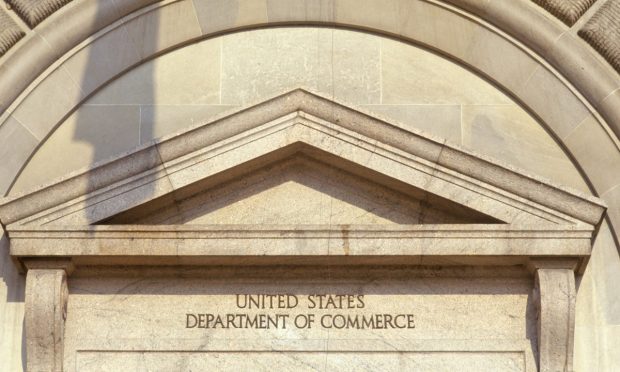GDP Report Shows Consumer Spending Resilient in Q1, But Inflation’s Full Impact Yet Unknown

When it comes to economic data, there’s the headline number, and then the deeper dive.
And sometimes the deeper dive raises more questions than answers.
Take the latest announcement from the Commerce Department issued Thursday (April 28). At first glance, the economy is waning, as gross domestic product (GDP) shrank 40 basis points, which shakes out to a 1.4% annualized decline.
We’ve gone, then, from growth to contraction fairly quickly.
Read more: GDP Shrinks Amid Drop in Motor Vehicle Spending
But the puts and takes are numerous. The GDP figures are an estimate and may be revised late next month.
“The decrease in real GDP reflected decreases in private inventory investment, exports, federal government spending, and state and local government spending, while imports, which are a subtraction in the calculation of GDP, increased,” the announcement stated.
This means that businesses pulled back in stocking up on goods — likely because they had done the stocking up in the fourth quarter. A drawdown here would eventually be replenished (which, down the line, would give a tailwind “back” to GDP).
Additionally, consumption remains resilient. The latest data show that consumer spending was up 70 basis points in the first quarter.
A Look Back in Time
But it’s important to note that the first quarter ended more than a month ago, which means that the full impact of inflation, now at a feverish pace not seen in 40 years, has yet to be factored into the equation.
And here is where the storm clouds gather. The data Thursday show that inflation is only accelerating, to 7.8% growth — and if you strip out food and gas, inflation comes in at around 5%. That outstrips the growth in disposable income, at 4.8%.
Perhaps more ominously, consumers seem to be drawing down on their “cash cushions” amassed during the pandemic to keep spending buoyant.
Personal saving was $1.2 trillion in the first quarter, compared with $1.4 trillion in the fourth quarter. That’s a decline of about $200 billion. The personal saving rate — personal saving as a percentage of disposable personal income — was 6.6% in the first quarter, compared with 7.7% in the fourth quarter.
The pressures are readily apparent in PYMNTS data, which show that 61% of the U.S. adult population — 154 million people — bought little more than their daily essentials in March, including food and healthcare products. The demographic that “splurged” — on electronics, etc. — represent only 10% of the population.
See more: 6 in 10 Consumers Buying Only the Essentials as Inflation Rises
The storm clouds seem to be gathering, and for consumer spending, the first-quarter resilience may be a high water mark if trends — declining savings, inflation outpacing disposable income — continue.
